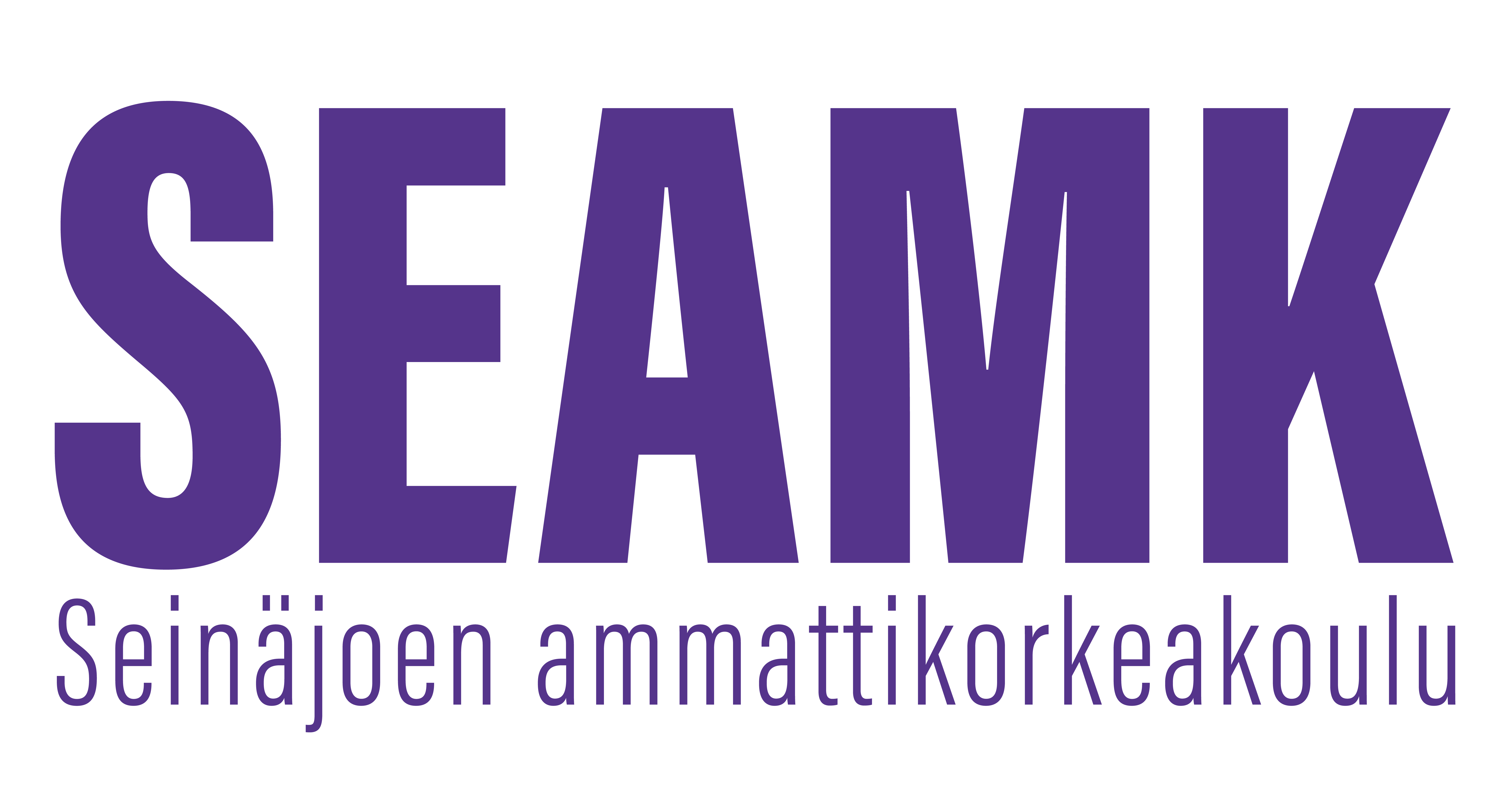Quality Management (3op)
Opintojakson tunnus: 8C00CK64
Opintojakson perustiedot
- Laajuus
- 3 op
- Opetuskieli
- englanti
Osaamistavoitteet
Upon completion of the course, students will
- Student can define different quality ideologies.
- Student can explain the basic concept of quality control.
- Student can use the common quality and lean tools.
- Student can identify quality costs and their significance.
- Student can present different quality systems and their structure and criteria of different quality awards
Sisältö
- Significance of quality
- The history of quality and overview to the pioneers of quality (Deming, Ishikawa, Juran etc.)
- Total Quality Management
- Seven quality management principles
- Seven basic tools of quality
- Cost of poor quality (COPQ)
- Principles of Lean
- Most essential Lean tools (Kaizen, 5S, Muda, Andon, VSM, Visual Factory etc.)
- Quality standards, quality manual and quality awards criteria
Esitietovaatimukset
No previous studies are required.
Arviointikriteerit, tyydyttävä (1)
Satisfactory (1-2). Student knows the basics of the knowledge objectives of the course.
The student can answer some of arbitrary questions about the contents described above. However, the student is not able to produce any deeper picture about the entire concept.
Arviointikriteerit, hyvä (3)
Good (3-4). Student knows the knowledge objectives of the course well. The student is clearly showing capability to understand the entire concept. He or she can give a comprehensive answer to any question related to contents.
Arviointikriteerit, kiitettävä (5)
Excellent (5). Student knows the knowledge objectives of the course well and can apply their knowledge in practice.
